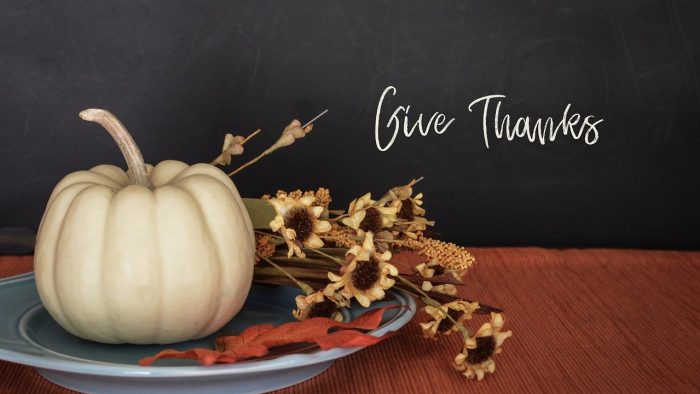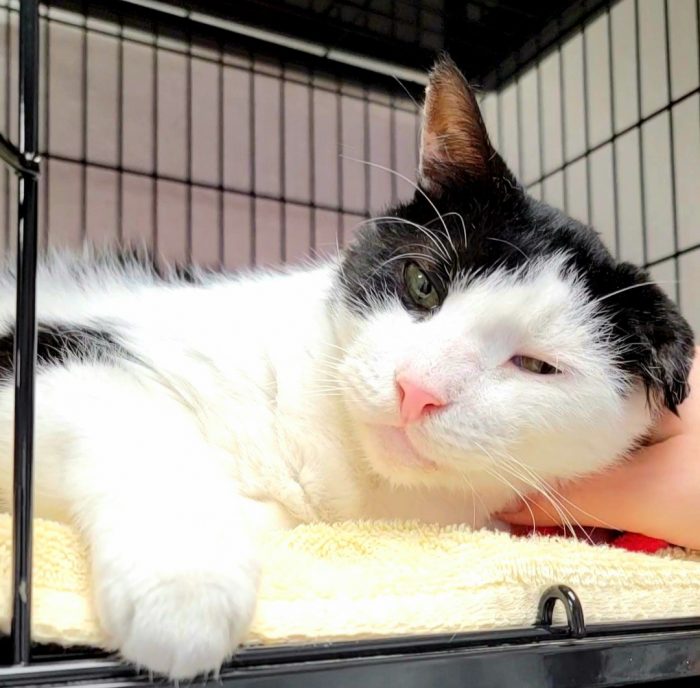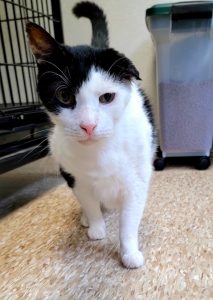By Michael Christodoulou

It’s human nature to want to make things easier for our loved ones — and to have great concern about adding any stress to their lives. In fact, 72% of retirees say that one of their biggest fears is becoming a burden on their families, according to the Edward Jones/Age Wave Four Pillars of the New Retirement study.
How can you address this fear? First, don’t panic. In all the years leading up to your retirement, there’s a lot you can do to help maintain your financial independence and avoid burdening your grown children or other family members. Consider these suggestions:
Increase contributions to your retirement plans and health savings account. The greater your financial resources, the greater your financial independence — and the less likely you would ever burden your family. So, contribute as much as you can afford to your IRA, your 401(k) or similar employer-sponsored retirement plan. At a minimum, put in enough to earn your employer’s matching contributions, if offered, and increase your contributions whenever your salary goes up. You may also want to contribute to a health savings account (HSA), if it’s available.
Invest for growth potential. If you start investing early enough, you’ll have a long time horizon, which means you’ll have the opportunity to take advantage of investments that offer growth potential. So, in all your investment vehicles — IRA, 401(k), HSA and whatever other accounts you may have — try to devote a reasonable percentage of your portfolio to growth-oriented investments, such as stocks and stock-based funds.
Of course, there are no guarantees and you will undoubtedly see market fluctuations and downturns, but you can help reduce the impact of volatility by holding a diversified portfolio for the long term and periodically rebalancing it to help ensure it is aligned with your risk tolerance and time horizon. Keep in mind, though, that diversification does not ensure a profit or protect against loss in a declining market.
Protect yourself from long-term care costs. Even if you invest diligently for decades, your accumulated wealth could be jeopardized, and you could even become somewhat dependent on your family, if you ever need some type of long-term care, such as an extended stay in a nursing home or the services of a home health care aide. The likelihood of your needing such assistance is not insignificant, and the care can be quite expensive. In fact, the median cost for home health services is nearly $55,000 per year, while a private room in a nursing home can exceed $100,000, according to Genworth, an insurance company. To help protect yourself against these steep and rising costs, you may want to contact a financial professional, who can suggest an appropriate strategy, possibly involving various insurance options.
Create your estate plans. If you were ever to become incapacitated, you could end up imposing various burdens on your family. To guard against this possibility, you’ll want to ensure your estate plans contain key documents, such as a financial power of attorney and a health care directive.
It’s safe to say that no one ever wants to become a financial burden to their family. But putting appropriate strategies in place can go a long way toward helping avoid this outcome.
Michael Christodoulou, ChFC®, AAMS®, CRPC®, CRPS® is a Financial Advisor for Edward Jones in Stony Brook. Member SIPC.




















